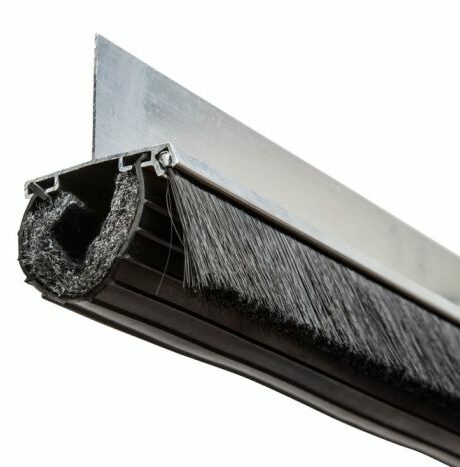At Northern Dock Systems, our customers are constantly asking about heat destratification and how they can avoid temperature differentials inside their facility. To help explain one of the primary benefits of HVLS fans, please see some frequently asked questions below.

What is destratification and why is it important?
Destratification is the process where air is combined to prevent stratified layers of air. Warm air by default is less dense and will rise while colder air naturally falls towards the ground level. This difference in density is what causes stratified layers of cold and hot air.
Where does destratification need to occur?
Every building faces the same issue when warm air rises towards the roof while colder are settles towards the bottom of the building. If your building does not use HVLS fans, there is a high chance you are susceptible to creating a difference in temperature. Regardless of the industry type, any large space that does not have adequate air movement and turnover will naturally have stratified layers of air.
What industries require a destratification solution?
Any industry that operates in large facilities with high roofs. Some buildings will see a higher differential between the floor to ceiling. In cases where extreme temperatures exist (cold storage, manufacturing, etc.) condensation can be an added concern which could cause safety concerns.
What process can be used to destratisfy an interior space to avoid temperature differential?
The easiest method to avoid a difference in temperature from floor to ceiling is to turnover large amounts of air using high volume, low speed fans. The Whalenado HVLS fan is effective up to 244 ft in diameter by channeling the warmer air from the ceiling downwards and across the floor in all directions. Preventing air from being trapped at the ceiling level and moving it back down allows the interior space to neutralize temperature zones.
What are the added benefits when you destratisfy a building?
When you are able to equalize temperatures inside of a building – you will reduce the amount of energy required to heat a building in the winter or cool when your building uses an HVAC system in the summer. This savings is in part to the thermostat reading an accurate reading and not over compensating when warm air rises to the roof leaving the lower part of the building colder.

How many fans are required to destratify a building?
The total number of fans required will be based on the total cubic feet of the building. In all cases, the installation of Whalenado HVLS fans will move more air then multiple standard white ceiling fans seen in most buildings.

Once we calculate the total size, we strategically place HVLS fans to cover the largest area possible. Above you can see how one 24 foot Whalenado HVLS fan can effectively turnover the same air moved by 19, 3 foot white ceiling fans.
Curious how many HVLS fans you would need to destratify your building and start saving on energy savings? Contact us to request a free energy audit.




















